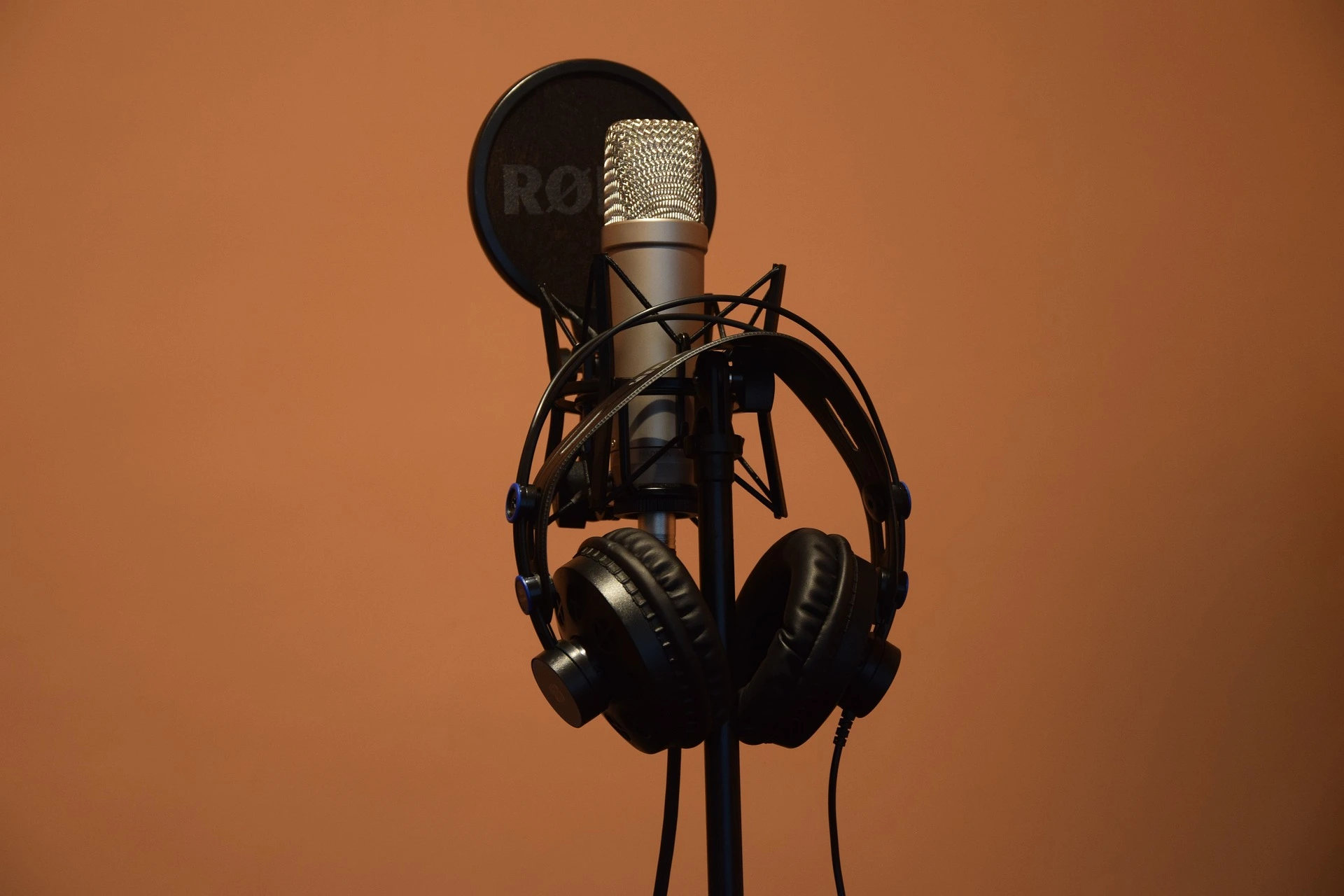As a filmmaker, capturing high-quality audio is just as important as capturing stunning visuals. Bad audio can ruin even the best-looking footage, so it’s crucial to know how to capture great sound. Here are four tips to help you capture better audio:
Tip #1: Location Scouting
Location scouting is essential for capturing great audio. You need to know what the location is like, what the ambient noise is like, and what kind of equipment you’ll need. Scout the location beforehand and take note of any potential noise sources, such as traffic, air conditioning units, or other machines. You can also use the location to your advantage and record natural sounds that will enhance your footage.
Tip #2: Know Your Mics
Different microphones have different uses, and it’s important to know what type of directional mic or lav you need for the shot. Directional mics are great for isolating specific sounds, while lavalier mics are great for recording dialogue. Make sure you choose the right mic for the situation, and don’t forget to test it beforehand to make sure it’s working correctly.
Tip #3: Placement of the Mic
Once you’ve chosen your microphone, it’s crucial to position it correctly. The placement of the mic will affect the quality of the sound you capture. For example, if you’re using a directional mic, make sure it’s pointed towards the sound source. If you’re using a lavalier mic, make sure it’s positioned close to the person’s mouth to ensure clear audio.
Tip #4: Monitor Your Audio
Monitoring your audio is just as important as capturing it. Make sure you’re getting all the right audio levels and that you’re getting a clean sound. Check your audio levels regularly to ensure you’re not clipping or distorting. You can also use headphones to monitor your audio in real-time.
In conclusion, capturing high-quality audio is essential for filmmakers. By following these tips, you can ensure that your audio is just as impressive as your visuals. Remember to scout your location, choose the right mic for the situation, position it correctly, and monitor your audio throughout the shoot. With these tips, you’ll be well on your way to capturing great sound for your films.













